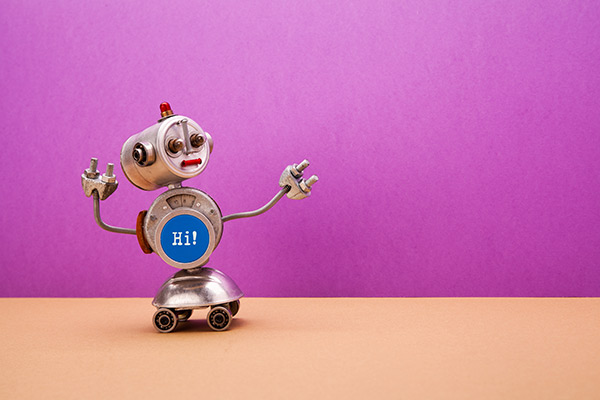The global COVID-19 pandemic has shown the value of robotics. With many industries shut down for an unknown amount of time, robots are doing work where humans cannot. Robots are doing the work that is unsafe for humans, and they are doing repetitive, simple tasks so humans can do more thoughtful ones.

Social Distancing in Logistics and Manufacturing
Some futuristic answers are solving current problems brought on by the global pandemic. Most robots are being used in logistics and manufacturing. Collaborative robots and mobile robots do repetitive tasks, like taking inventory in a warehouse. These robots move more, so humans can stay isolated.
For example, in the massive Amazon warehouses, massive robots filled with a plethora of items move to the pickers rather than the other way around. This lets the pickers stay in one place, pulling items off of the roaming robots. The human employees do not have to interact with each other, so they can stay in their stations for a full shift. This reduces the need for constant sanitizing, as human interaction and movement are limited.
Letting Nurses and Doctors Provide Care
Stated by Ecorobotics, robots are also used in some health-care facilities. Since COVID-19 is badly contagious, health-care workers need to limit their interactions with infected patients. One way this is happening is by using robots with cameras, microphones, and stethoscopes. By using these mobile robots, doctors can interact with their patients from a distance. Some hospitals are using robots to gather vitals like temperature, blood pressure, and oxygen levels, so their nurses can work on more complex tasks.
Protecting the Front Line Workers
Another relatively new robot that is growing in popularity due to the pandemic is the one that disinfects its surroundings. It functions a lot like a robot vacuum, using wheels to roam spaces and sensors recognize obstacles. But instead of cleaning the floors, the disinfection robot uses ultraviolet light to sanitize a room.
When a robot can sanitize a room, this frees up a person to do a task that a robot cannot, like interacting with a family who has a loved one in the hospital. Robots cannot do jobs that involve emotion and complex thought. But when they do the tedious and repetitive tasks, humans can do the things that make us human.
Robots are also used to deliver supplies like meals and medications. Some bring clean linens, while others take the soiled ones to the laundry. They’ve been around for five years. Medical facilities are transporting test samples back and forth using quadcopter drones. People quarantined in hotel rooms are being served food from mobile robots.
Doing Repetitive Jobs
In the pre-COVID world, robots weren’t popular as they took low-skilled but good-paying jobs from people who needed them. But in the post-COVID world, they take a tedious job and let the overburdened human employees do jobs that robots cannot do. Think of how much more time nurses and doctors can spend with patients if robots do their repetitive tasks.
With a changing workplace due to the pandemic, robots are helping human employees to stay healthy. The pandemic might encourage more workplaces to use collaborative robots, so employees can maintain social distancing and production can continue.







